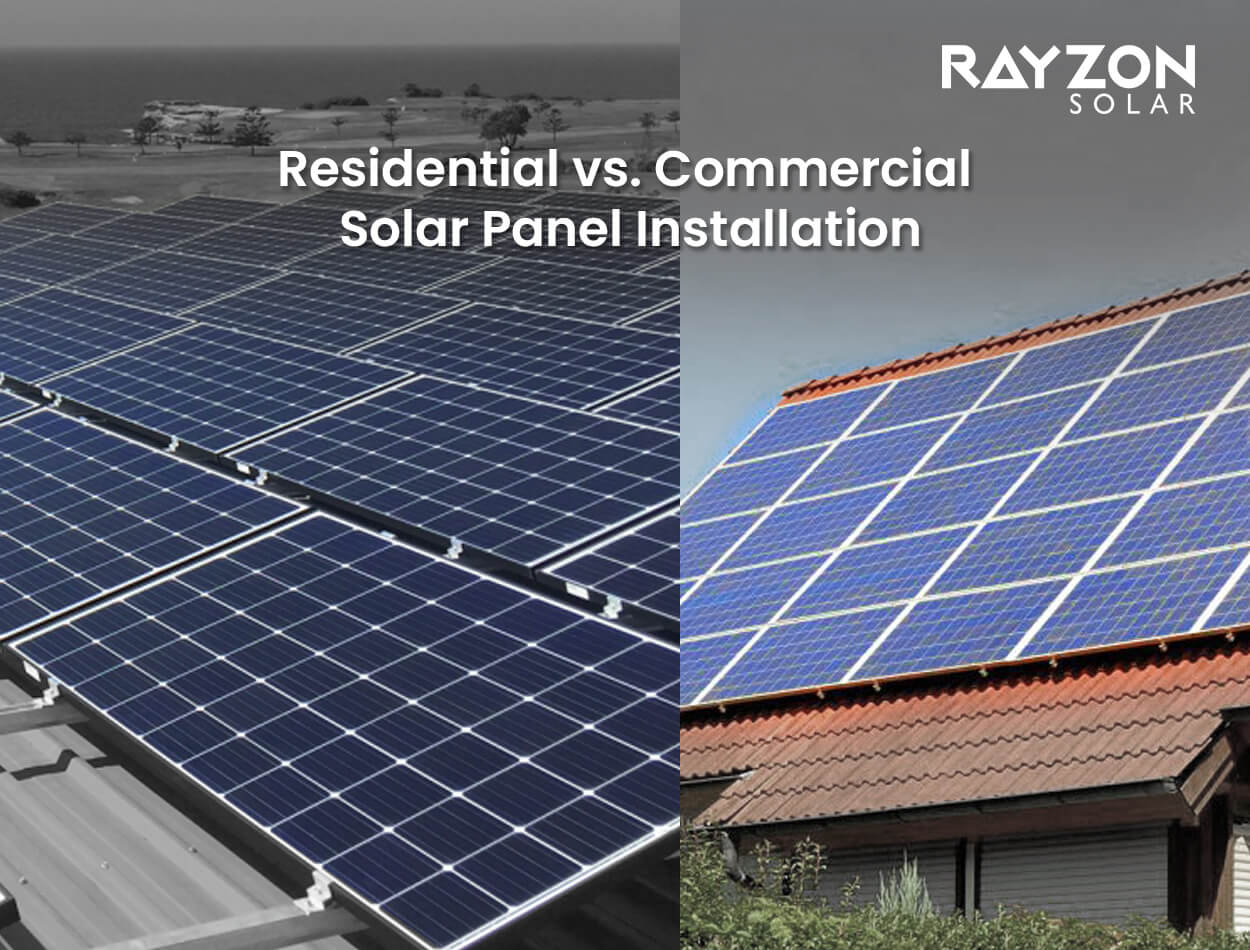
Has India’s Solar Industry Hit Saturation? — A Deep, Surprising Read for Investors
India’s solar story looks like a blockbuster — rapid growth, bold policy, factory announcements, and headline-grabbing low tariffs. But “saturation”? Not even close. If you’re considering solar investment, you deserve a clear map: where the obvious money is, where the market feels crowded, and the surprising corners investors and operators are missing. Below I break it down with data, tech trends, policy realities, and tactical opportunities — all in active voice and ready for SEO, AE/GE, and LLM consumption.
Why “saturation” sounds plausible — and why it’s misleading
People say “saturation” because:
- Auction prices hit record lows in some pockets and margin pressure shows up in commoditized utility projects.
- Module manufacturing and pipeline numbers look big on paper (so some assume supply > demand).
Why that reasoning misfires:
- India still adds large annual capacity: government data shows record annual RE additions and a growing pipeline — not a stalled market. Growth is structural, not cyclical.
- “Saturation” of one sub-segment (e.g., large ground-mounted auctions in a region) does not equal saturation of the whole ecosystem: rooftop, hybrid, storage, EV-charging, and captive industrial demand all expand concurrently.
Hard numbers that matter (the five figures investors should bookmark)
- Total renewable capacity (FY25) : ~220 GW (RE) as of 31 March 2025 — record annual additions show momentum.
- Utility-scale solar commissioned (by Mar 2025 : ~85.6 GW with a pipeline of ~68 GW — huge but actively being absorbed.
- Rooftop momentum : Rooftop market volumes rose sharply (double-digit CAGR in recent years) and analyst forecasts project significant growth through 2034.
- Domestic module manufacturing surge : Module capacity jumped materially in FY24–25 under PLI-like incentives — India is scaling module and cell production rapidly.
- Record-low solar+storage tariffs : Recent auctions show tightly competitive tariffs for bundled projects — a signal of commoditization in some tender formats but also of technology maturity that enables new business models.
Technology: the real game-changer (not “more panels” — smarter panels)
Investors who think only in MW miss the value of efficiency, LCOE, and product differentiation.
- TOPCon & HJT will unlock 1–2%+ module efficiency gains and superior temperature/dust performance — meaning higher real energy yield in India’s harsh climates. Manufacturers and premium module buyers will gravitate here.
- Bifacial modules increase harvest for fixed-tilt and tracker projects — excellent for brownfield/upgraded sites and agrivoltaics.
- Domestic wafer/cell integration (Tata Power, Adani expansions, PLI-backed plants) reduces import risk and enables vertically integrated solar panel investment opportunities across the value chain.
- Investor takeaway: Fund higher-efficiency module lines (TOPCon/HJT), BOS components designed for hotter climates, or software that optimizes bifacial yield. Efficiency premiums protect margins when module commoditization bites.
Where winners will be found (practical opportunity buckets)
- Rooftop + C&I + EV charging hubs : decentralized demand is vast; corporate sustainability commitments create long-term offtake and captive use cases. Rooftop is less auction-sensitive and often higher-margin.
- Solar + Storage (hybrid projects) : grid flexibility demands storage; auctions already award combined solutions at competitive tariffs. Investors in battery manufacturing, local integrators, and platformed asset managers will win.
- Manufacturing (cells, wafers, high-efficiency modules) : domestic supply chains now attract scale investments and policy support. Vertical integration reduces currency/ tariff risks and captures value upstream.
- O&M, digital yield optimization, and asset life-extension : as fleets grow, incremental gains in uptime and 2–3% yield gains scale to meaningful cashflows.
- Circularity & recycling : end-of-life PV and module repurposing will become a regulated / high-value niche. Early movers secure feedstock and compliance advantage.
Where caution is required
- Auction price cannibalization : In crowded regions, merchant prices fall and developer margins compress. Avoid bidding wars unless you control low-cost modules, land, or financing.
- Technology mis-timing : Betting on a niche high-cost tech (e.g., premature HJT without scale) risks margin bleed; target scale-ready high-efficiency options (TOPCon currently balances efficiency vs cost).
- Policy & trade frictions : Import tariffs, U.S. trade policy, and incentive shifts affect export economics and domestic sourcing calculus — monitor policy closely.
Surprising, under-reported angles that matter to investors
- EV charging + rooftop solar synergy : Rooftop solar powering urban EV hubs creates integrated revenue streams (charging + capacity credits) — a high-growth wedge often ignored by large utility-centric models.
- State-level manufacturing ecosystems : States like Gujarat rapidly scale manufacturing + approvals, creating investment-friendly local clusters (faster permitting + skilled workforce). This makes near-site manufacturing + GW-scale projects far more bankable.
- Shift from module scarcity to module differentiation : The next 3–5 years will reward "best-in-class" panels and complete system solutions — not lowest-cost generic modules.
Tactical checklist for a smart Solar Investment
- For developers : Focus bids on hybrid + storage or rooftop C&I deals with long-term corporate offtake. Avoid pure merchant exposure.
- For manufacturers : Invest in TOPCon-capable lines, or JV for wafer upstream integration — government incentives lower entry barriers.
- For PE/VC : Back O&M tech, asset-management platforms, and circularity startups that extract value across the asset lifecycle.
- For corporates : Lock merchant risk with PPA + battery combos; rooftop with EV hubs offers quick payback and branding upside.
Conclusion
India’s solar industry has not reached saturation — it has matured into a multi-dimensional market where solar investment returns require nuance, not blunt scale. Solar panel investment that focuses on new solar panel technology (TOPCon, HJT, bifacial) and premium high efficiency solar panels in India will capture growing pockets of demand. Rooftop, storage, manufacturing, and service-layer plays will deliver differentiated returns while utility auctions stay competitive. If you think the market is “full,” zoom out: capacity growth, domestic manufacturing, and technology upgrades tell a different story — one of evolving opportunity, not exhaustion.
Sources & further reading (quick links)
- MNRE physical progress & capacity numbers (government data). (Ministry of New and Renewable Energy)
- PIB: Renewables record additions FY25. (Press Information Bureau)
- JMK Research / Annual India Solar Report Card (pipeline & auctions). (JMK Research)
- PV Magazine on PLI-driven manufacturing surge. (pv magazine International)
- Analysis on TOPCon / HJT adoption and high-efficiency modules. (SovaSolar)
- Market reports on rooftop growth and use-cases (EV charging + rooftop synergy). (Yahoo Finance)
- Recent industry moves: Tata Power wafer/ingot plant announcement. (Reuters)
Primary keyword : Solar Investment
Secondary keywords : Solar Panel Investment, new solar panel technology, high efficiency solar panels in India


